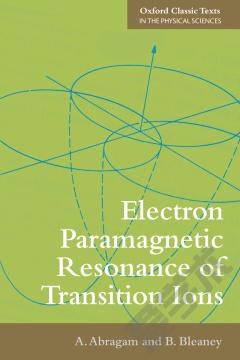Electromagnetic Analysis Using Transmission Line Variables (Third Edition)
This latest edition continues the evolution toward the ultimate realization of a new technique for solving electromagnetic propagation problems. The technique combines the classical and intuitive use of a transmission line matrix (TLM) while striving for consistency with the guideposts demanded by quantum mechanics and the essential structure of electromagnetic theory. The matrix then becomes a useful vehicle for examining both coherent and noncoherent electromagnetic waves. The goal is a mathematical tool capable of solving problems related to the propagation of transient, high-speed, complex waveforms containing both symmetric and plane wave components. For such waveforms, standard classical electromagnetic theory is unable to provide a truly accurate solution since it does not properly account for the correlations among the various TLM cells. The correlations among neighboring TLM cells allow the cell waves to sense one another and to collectively participate as a coherent wave.For arbitrary signals, e.g., complex, high speed, highly non-uniform signals, the correlation model must be placed on a firmer footing to insure the proper correlation strength based on the close adherence to quantum mechanical principles. The purpose of the Third Edition is to thereby improve the correlation model, and incorporate the model into the simulations. The simulation results thus obtained show great promise in describing the full range of electromagnetic phenomena. Wave divergence and diffraction simulations, employing both composite and shorter range correlation models, have been incorporated. The models employ correlation coefficients which may be linked with quantum mechanical parameters, thus providing a deeper understanding of coherent wave fronts.
{{comment.content}}








 京公网安备 11010802027623号
京公网安备 11010802027623号